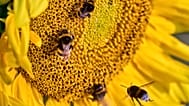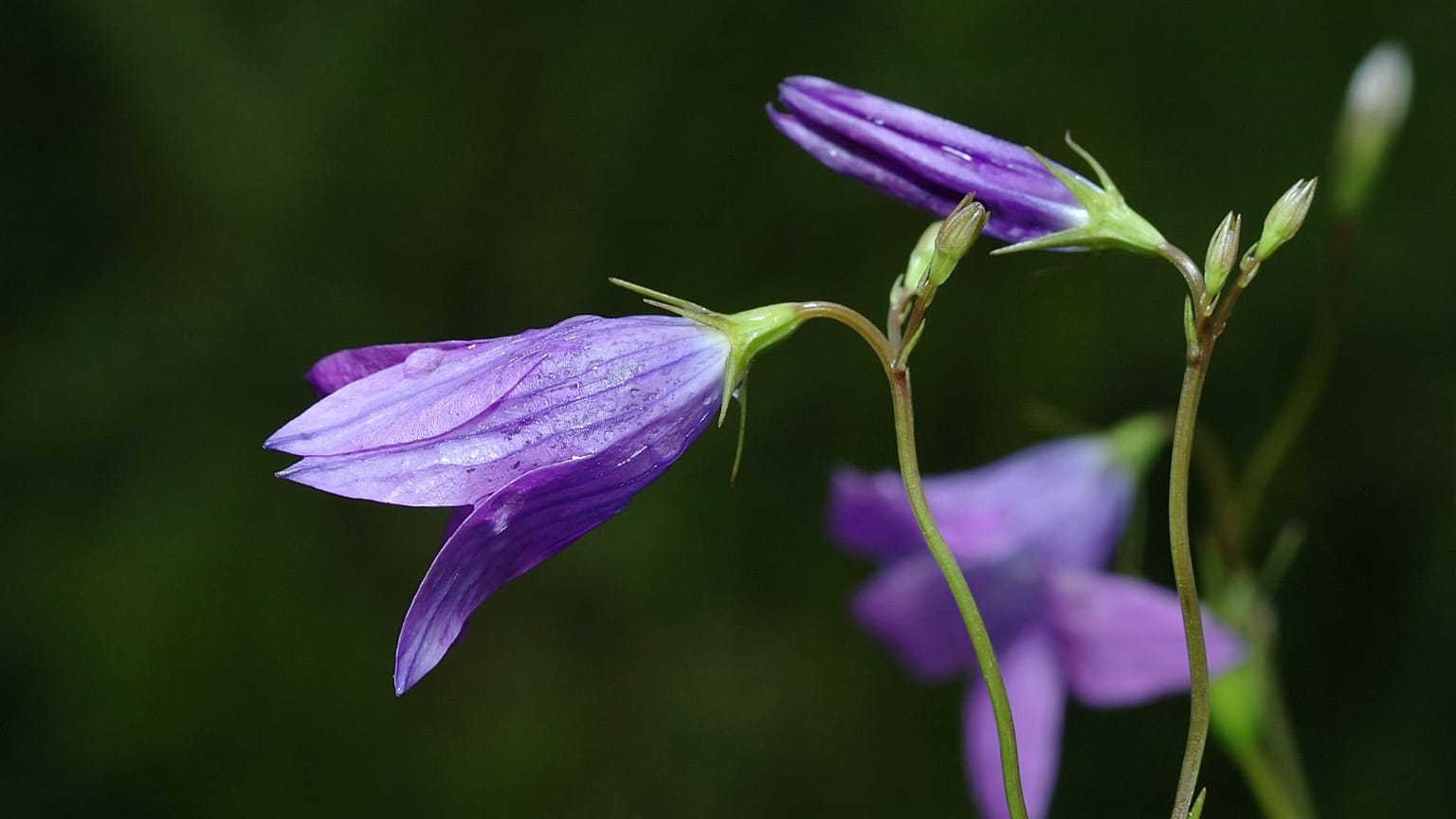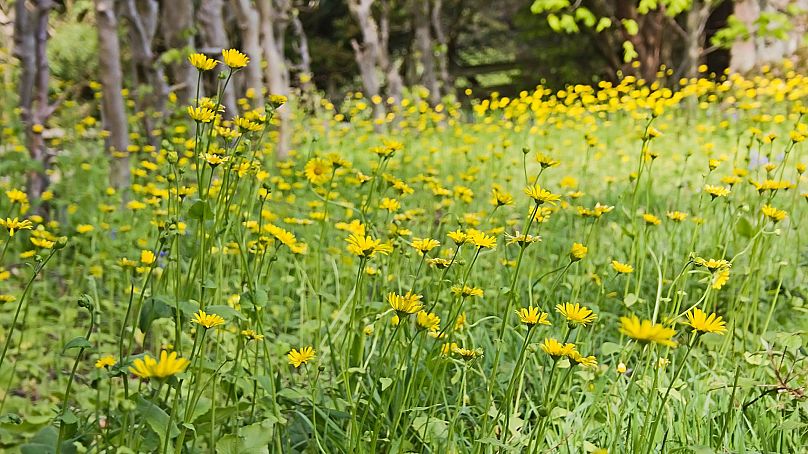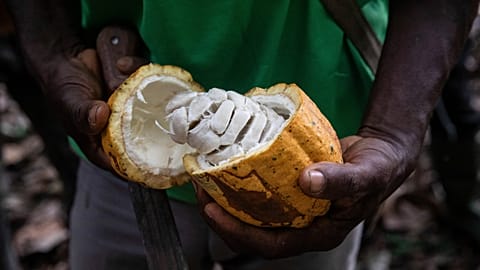More than half of Britain and Ireland’s native plants are in decline - but it’s not too late.
 ADVERTISEMENT
ADVERTISEMENT
More than half of the UK and Ireland’s native plants are in decline - and invasive species now outnumber native flora.
These are the stark conclusions of a 20 year research project published in Plant Atlas this week.
The report paints a bleak picture of how climate change is decimating local ecosystems in both countries.
According to the Botanical Society of Britain and Ireland (BSBI), 53 per cent of native plants and 62 per cent of ancient introductions have declined since the 1950s.
In contrast, 58 per cent of modern introductions have increased.
“This trend is a disaster,” says Craig Bennett, chief executive of The Wildlife Trusts.
“The decline of our beautiful native plants is heartbreaking and has consequences for us all,” he continues.
“The loss of natural habitats due to modern farming methods over the last 70 years has been an unmitigated disaster for wildflowers and all the species that depend on them including insects, bats and birds. But it’s not too late to stop this catastrophe.”
Why are British plant species in decline?
Species like heather, harebell and corn marigold are iconic features of the British and Irish landscape.
But they’re under threat. Changes in agricultural practices - including nitrogen enrichment and additional grazing pressure - have caused the decline of the first two of these three species.
The over-fertilisation and reseeding of traditional grasslands threatens the corn marigold. Draining damp meadows decimates populations of plants like the devil’s-bit scabious.
All of these declines have knock on effects on wider habitats, as insects feed on these flowers.
The results “highlight the urgent need for action to ensure that going forwards our wild plants thrive and are valued“,” warns Dr Kevin Walker, head of science at BSBI.
Why are invasive flora a threat?
Not only are native plants threatened by changing farming practices - they are being crowded out by invasive species.
BSBI volunteers collected 30 million plant records of 3,445 species. 1,692 of these are native to the British isles - but a further 1,753 were introduced by humans, either deliberately or accidentally.
Sometimes these spread from gardens to uncultivated land.
Such “startling growth” has “huge implications for the insects and other species that depend on our native plants, BSBI warns.
Many are harmless - but others have dangerous implications. For example, the introduced Sitka Spruce tree spreads into moorlands and peatlands, preventing them from acting as carbon sinks.
The New Zealand pygmyweed - another invasive plant - forms dense mats on lakes, shading out other aquatic vegetation and harming fish communities.
What can we do about the threat to wild plants?
There is still time to save British and Irish nature, the report urges.
Sustainable water and land management is key - as is increasing protected habitats and nature reserves.
“The Government’s new farm environment schemes must do what was originally promised and reverse the decline of nature in our agricultural landscape,” Bennet says.
“Also, protection for Local Wildlife Sites needs to be increased, and the promise made by the Government at the recent UN biodiversity summit to halve nutrient pollution by 2030 must be honoured.”


















